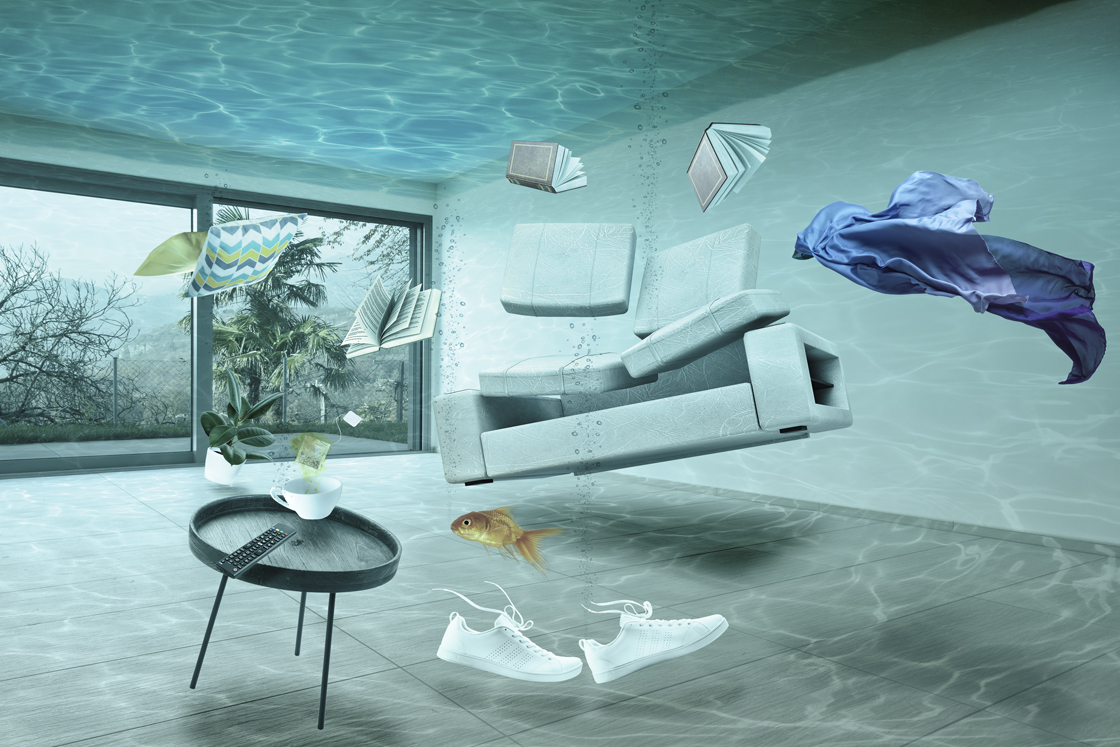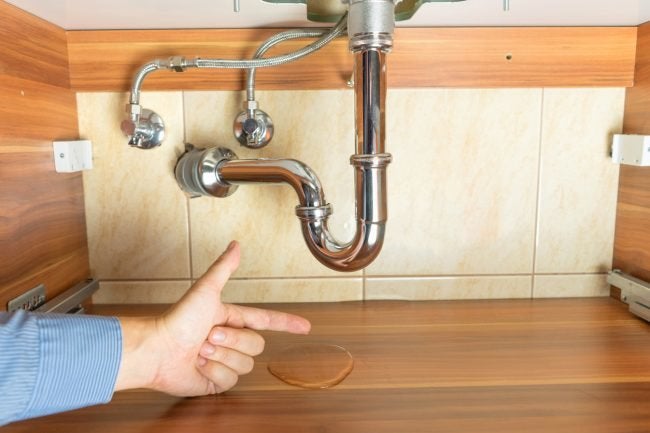How to Check If Your Home Has a Covert Leak
How to Check If Your Home Has a Covert Leak
Blog Article
The writer is making a number of great points regarding Detecting hidden plumbing leaks in general in the content on the next paragraphs.

Early discovery of leaking water lines can mitigate a prospective disaster. Besides saving you cash, it will certainly decrease the aggravation and also frustration. The minute you locate a leakage, calling your plumber for repair work is the very best service. Nevertheless, some small water leaks may not be visible. If you can not spot it with your nude eyes, right here are some hacks that aid.
1. Take A Look At the Water Meter
Every residence has a water meter. Inspecting it is a guaranteed manner in which aids you uncover leaks. For starters, shut off all the water resources. Make sure no one will purge, make use of the tap, shower, run the cleaning equipment or dish washer. From there, go to the meter and watch if it will change. Because nobody is using it, there need to be no movements. That indicates a fast-moving leak if it relocates. If you spot no changes, wait a hr or two as well as inspect back once more. This means you may have a slow-moving leakage that could also be underground.
2. Examine Water Intake
If you detect abrupt modifications, in spite of your consumption being the same, it suggests that you have leakages in your plumbing system. An abrupt spike in your expense shows a fast-moving leak.
At the same time, a consistent boost on a monthly basis, despite the very same habits, reveals you have a slow-moving leakage that's also gradually intensifying. Call a plumber to thoroughly check your residential property, especially if you feel a cozy area on your floor with piping below.
3. Do a Food Coloring Test
When it comes to water intake, 30% comes from toilets. If the color in some way infiltrates your dish during that time without flushing, there's a leakage between the container and also dish.
4. Asses Outside Lines
Don't forget to inspect your exterior water lines too. Examination spigots by connecting a garden hose pipe. Should water seep out of the link, you have a loose rubber gasket. Replace this and guarantee all links are tight. If you have actually obtained a lawn sprinkler, it will assist get it professionally analyzed as well as kept every year. One small leak can throw away lots of water and increase your water expense.
5. Analyze the situation and also inspect
Homeowners should make it a practice to check under the sink counters as well as also inside closets for any kind of bad odor or mold development. These two red flags suggest a leakage so prompt attention is needed. Doing routine assessments, also bi-annually, can conserve you from a major trouble.
Examine for discolorations as well as deteriorating as many pipes and also devices have a life expectations. If you think dripping water lines in your plumbing system, do not wait for it to rise.
Early discovery of leaking water lines can reduce a prospective disaster. Some small water leaks may not be noticeable. Checking it is a proven means that helps you discover leaks. One small leak can lose tons of water as well as surge your water expense.
If you believe dripping water lines in your plumbing system, don't wait for it to intensify.
WARNING SIGNS OF WATER LEAKAGE BEHIND THE WALL
PERSISTENT MUSTY ODORS
As water slowly drips from a leaky pipe inside the wall, flooring and sheetrock stay damp and develop an odor similar to wet cardboard. It generates a musty smell that can help you find hidden leaks.
MOLD IN UNUSUAL AREAS
Mold usually grows in wet areas like kitchens, baths and laundry rooms. If you spot the stuff on walls or baseboards in other rooms of the house, it’s a good indicator of undetected water leaks.
STAINS THAT GROW
When mold thrives around a leaky pipe, it sometimes takes hold on the inside surface of the affected wall. A growing stain on otherwise clean sheetrock is often your sign of a hidden plumbing problem.
PEELING OR BUBBLING WALLPAPER / PAINT
This clue is easy to miss in rooms that don’t get much use. When you see wallpaper separating along seams or paint bubbling or flaking off the wall, blame sheetrock that stays wet because of an undetected leak.
BUCKLED CEILINGS AND STAINED FLOORS
If ceilings or floors in bathrooms, kitchens or laundry areas develop structural problems, don’t rule out constant damp inside the walls. Wet sheetrock can affect adjacent framing, flooring and ceilings.
https://www.servicemasterbyzaba.com/blog/how-to-detect-water-leakage-in-walls/

Do you really like more info about Leaking water lines? Put a remark down below. We will be glad to know your responses about this posting. We are looking forward to see you back again later on. Enjoyed our blog posting? Please share it. Let someone else discover it. I enjoy reading our article about Locating water leaks.
Report this page